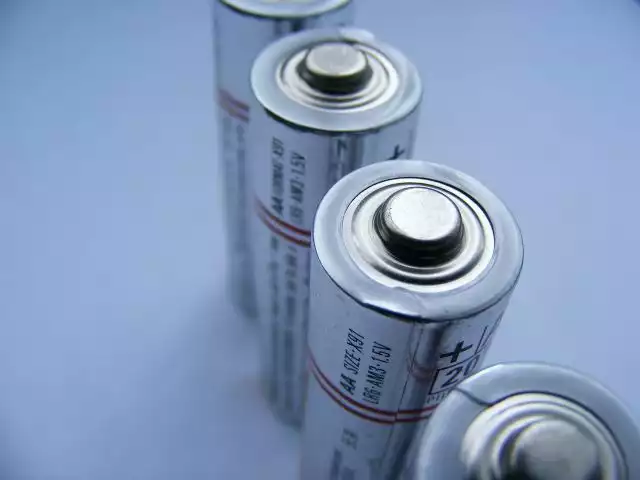
To minimize price, this equipment is typically undersized. This results in longer billing times, specifically when several vehicles are billing at the same time. Because of this, array anxiousness comes to be a challenge considering that drivers typically do not recognize how long it will require to charge considering that it depends upon who else is billing, as well as air conditioning.
There is one method to resolve every one of the troubles mentioned above. It is a standardized plug-in and swappable EV battery. Presently, the world has electric and mechanical criteria that specify batteries, and these enable us to power lots of items at an affordable.
The tools cost-per-charge is determined by the devices cost split by the number of fees. This means rapid billing typically costs 3 × even more than slow billing at home.
Those who drive much less than 100 miles (160 kilometres) daily could exchange in an affordable, low-range battery and fee at night. Cost decrease would happen due to the fact that lower-range batteries use fewer rare-Earth materials. For lengthy trips, one might switch in a pricey high-range battery or swap more frequently. Exchanging would also minimize expenses via commoditization given that numerous battery suppliers would compete and drive down rate.
In concept, one might have a standard auto battery that looks comparable to the Tesla EV battery, yet is utilized by numerous suppliers. The standard would specify the mechanics (e.g. height, length and width), electrical links, and interaction between cars and truck, battery, and swap station.
Automakers would not be inclined to invest in a convertible battery managed by a rival. Criteria growth would possibly need the involvement of a neutral entity, such as a foundation or a federal government body.
Charging stations are commonly located at shopping malls and hotels given that they have a lot of power for air conditioning. This power can be redirected when the air conditioning is off. However, one still needs costly electronic devices to transform grid air conditioning power to battery DC power.
House can install swap chambers in their driveway with numerous batteries, as illustrated listed below. These can be billed by solar panels throughout the day, power your house during the night, and swap with vehicles as needed.
Nio is one instance of a swappable EV supplier that has actually settled this conundrum. On a yearly basis they: amass over $8 billion in earnings, manufacture numerous countless convertible EVs, and mount hundreds of battery swap terminals. Their success is greatly as a result of Chinese government plans that motivate electrical vehicles, and a desire of wealthy EV owners to pay even more for convenience.
Swappable EV batteries offer a traditional “hen and egg” issue: car manufacturers are reluctant to take part without a recognized network of swap stations, and financiers are reluctant to fund swap stations without a significant variety of suitable lorries.
Currently, proprietary batteries are built right into EVs and are billed regularly. One could have a basic plug-in battery, where all vehicles use the exact same kind, and swap with a fresh battery in several minutes. Automobile proprietors would spend for electricity taken in and endure the battery. They would additionally pay less when utilizing lower-range, lower-cost batteries.
The best difficulty with quick charging can not be seen. Instead, it is electric power. When charging in 30 minutes (100kW x 0.5 h), the normal 50kWh EV battery eats 100kW of power. This coincides quantity of power attracted by 80 U.S. homes generally. In other words, supporting large quantities of power is costly– particularly if the hardware is underutilized.
Governments are already purchasing EV charging facilities. As a result, they might be inclined to assign a tiny section to support criteria advancement. Much more particularly, they might support the layout, model and testing of:
Presently, proprietary batteries are built right into EVs and are charged regularly. Those who drive much less than 100 miles (160 km) per day could switch in an inexpensive, low-range battery and cost at evening. Governments are already spending in EV charging framework.
When a swap requirement is developed, consumer demand would drive adoption to a level. The size of this demand would probably be established by the variety of upscale EV vehicle drivers who want to spend for convenience– plus the number of high-mileage EV motorists who can not pay for to wait at billing stations, along with the number of EV motorists that do not have easy access to charging facilities.
Regions that import substantial amounts of oil, such as China and Europe, would probably blaze a trail because EVs minimize dependence on international oil. On the other hand, the U.S. creates oil, and is consequently less thinking about EVs. As fostering boosted in areas warm of EVs, economies of scale would drive down expenses, at some point making swap requirements more eye-catching to areas much less encouraging of EVs.
In this episode, we welcome Ivo Marocco, Vice President at Renesas, who leads the international Service Growth, Equipment, and Solution Marketing team for the Power Service Unit. We delve into Renesas’ calculated growth and technical developments, highlighting their expansion from auto microcontrollers to power items. The discussion covers business restructuring, financial investments in silicon carbide (SiC), […]
The regular 50kWh EV battery eats 100kW of power when charging in 30 mins (100kW x 0.5 h). As a result, variety anxiety ends up being a difficulty because drivers usually do not recognize how long it will certainly take to charge because it depends on that else is charging, as well as air conditioning.
Glenn Weinreb is the CEO and Proprietor of GW Instruments (www.gwinst.com), a producer of information acquisition equipment and software application. GWI’s items are utilized by engineers and scientists to user interface sensors to computers for functions of measurement and control. He created GWI’s products and for that reason has much experienced making analog and electronic electronics, creating software application (embedded systems, Windows/Macintosh application software application, internet site) and doing mechanical layout.
1 battery life2 Charging
3 power
4 swap
« Corsair MP600 Micro SSD review: 2242 goodness for your LenovoAddressing AI While Keeping the MIPSiness In MIPS »
